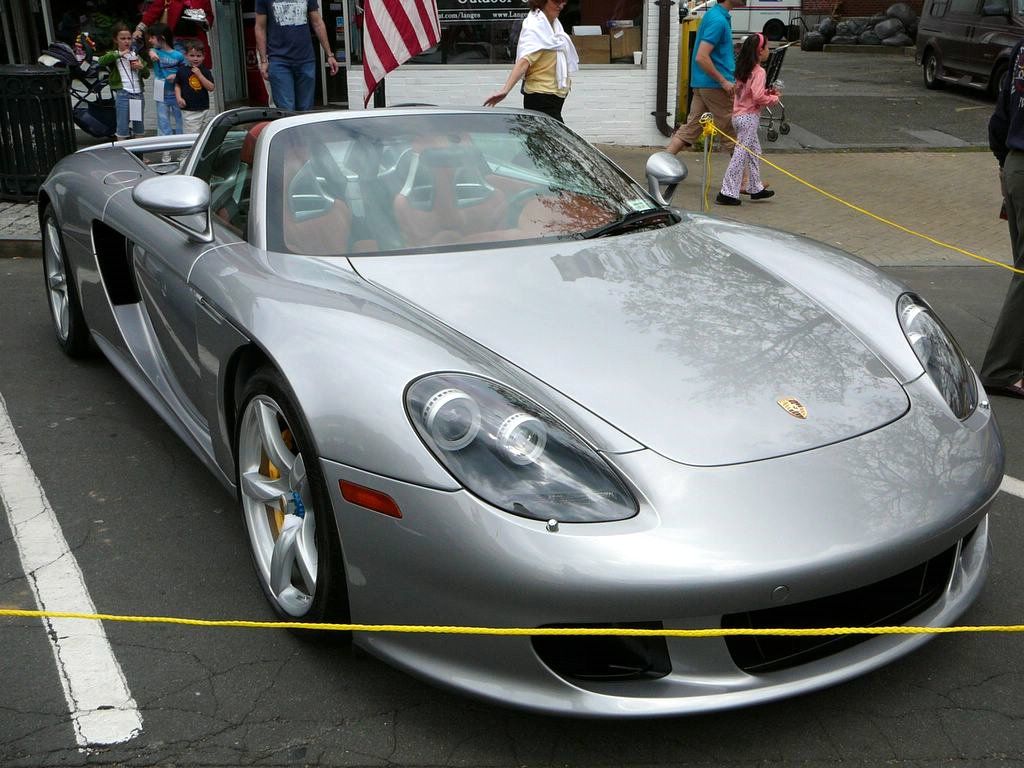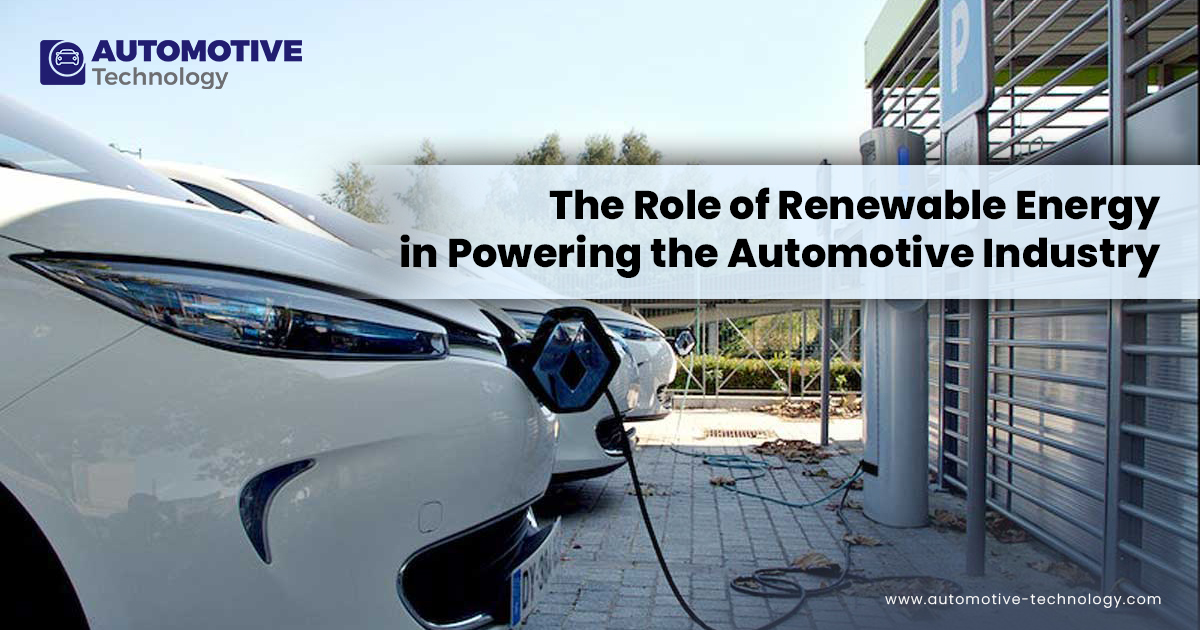
The electric vehicle (EV) revolution is undeniably underway, promising a future of sustainable transportation with lower running costs and reduced emissions. For many early adopters, the appeal of cutting-edge technology and environmental responsibility has been a powerful draw, leading them to embrace these new machines with enthusiasm. However, the path to widespread EV adoption has not been without its bumps, and some models, despite their initial promise, have presented significant reliability challenges for the pioneering drivers who first brought them into their homes.
While the automotive industry constantly strives for innovation, the rapid evolution of EV technology means that not every model hits the mark. Our extensive research, combining owner reports and data insights, reveals a compelling narrative of both technological ambition and practical shortcomings. These insights are crucial for consumers navigating the complex landscape of electric mobility, offering a clear picture of which vehicles have struggled to meet expectations regarding dependability and everyday performance.
This in-depth analysis focuses on a selection of electric vehicles that have garnered attention for persistent reliability problems, often leaving owners frustrated with unexpected repairs, safety concerns, or performance inconsistencies. By highlighting these specific cases, we aim to equip you, the discerning consumer, with the objective, data-driven information necessary to make truly informed purchasing decisions and understand the evolving challenges within the EV market.
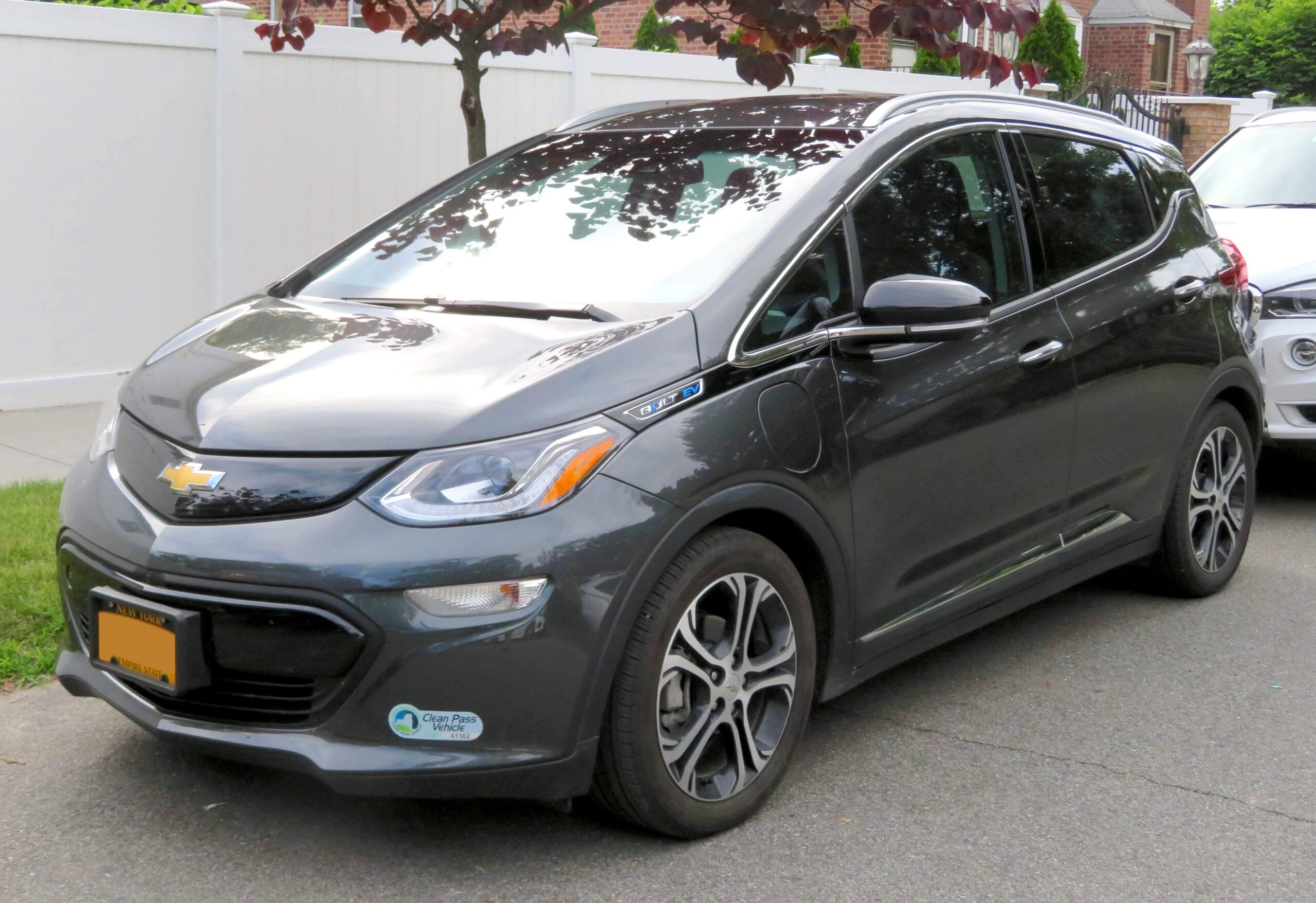
1. **Chevrolet Bolt EV**The Chevrolet Bolt EV initially captured attention as an accessible entry point into the electric vehicle market, offering an affordable option for those eager to make the switch. However, its journey has been significantly marred by severe reliability concerns, casting a long shadow over its reputation. Foremost among these issues was an alarming risk of battery fires, a problem that necessitated a massive recall by General Motors, affecting close to 140,000 units.
This critical defect was traced back to faulty battery packs supplied by LG, compelling GM to undertake the extensive and costly measure of replacing entire battery modules in affected vehicles to safeguard owners. The scale of this recall not only caused considerable anxiety among Bolt EV owners but also ignited broader discussions within the burgeoning EV market regarding the fundamental reliability and safety protocols surrounding high-voltage battery systems. For consumers, it became a stark reminder of the paramount importance of battery integrity in electric vehicles.
Beyond the immediate danger of fire, owners of the Bolt EV frequently reported additional frustrations, including inaccurate battery range estimations. This inconsistency created considerable uncertainty, making it difficult for drivers to confidently plan their journeys and adding an unwelcome layer of “range anxiety” to their daily commutes. Furthermore, software malfunctions were a recurring theme, leading to various operational glitches that further diminished the user experience. While General Motors eventually implemented a series of software updates and replacements to address these concerns, the cumulative impact on the Bolt EV’s market perception and consumer trust proved to be substantial. These persistent reliability problems stand as a crucial cautionary tale, offering valuable, if hard-won, lessons for both established automakers and consumers alike in the dynamic landscape of electric vehicle development.
Car Model Information: 2020 Volkswagen Tiguan 2.0T SE
Name: Chevrolet Bolt EV
Caption: 2022 Chevrolet Bolt EV
Manufacturer: General Motors
Production: unbulleted list
ModelYears: unbulleted list
Class: Subcompact car
BodyStyle: hatchback
Layout: Front-engine, front-wheel-drive layout
Predecessor: Chevrolet Spark EV
Categories: 2020s cars, All Wikipedia articles in need of updating, All articles containing potentially dated statements, All articles with unsourced statements, Articles containing potentially dated statements from February 2018
Summary: The Chevrolet Bolt EV (marketed in Europe as Opel Ampera-e) is a battery electric subcompact hatchback manufactured and marketed by General Motors under its Chevrolet brand from late 2016 until late 2023, with a brief hiatus between mid-2021 and early 2022.
The first-generation Bolt was developed and manufactured with LG Corporation. Sales of the 2017 Bolt began in California in December 2016; it was released nationwide and international markets release in 2017. A rebadged European variant was marketed as the Opel Ampera-e in mainland Europe. In 2017, the Bolt was the second-best-selling plug-in car in the United States. It was named the 2017 Motor Trend Car of the Year, the 2017 North American Car of the Year, an Automobile magazine 2017 All Star, and was listed in Time magazine’s Best 25 Inventions of 2016. The Ampera-e was discontinued after 2018. By the end of 2020, GM had sold 112,000 Bolt and Ampera-e cars worldwide. The first-generation Bolt had been subject to at least three recalls due to battery fire risks.
In mid-2023, GM officials said they would discontinue the Bolt; after outcry, they announced plans for a next-generation model, which is expected to be revealed in 2025 for model year 2026.
Get more information about: Chevrolet Bolt
Buying a high-performing used car >>>
Brand: Chevrolet Model: Bolt EV
Price: $21,000 Mileage: 37,875 mi.
Read more about: The No-Regrets Guide: Unmasking 15 Cars Owners Are Desperate to Trade Up From After Just One Year
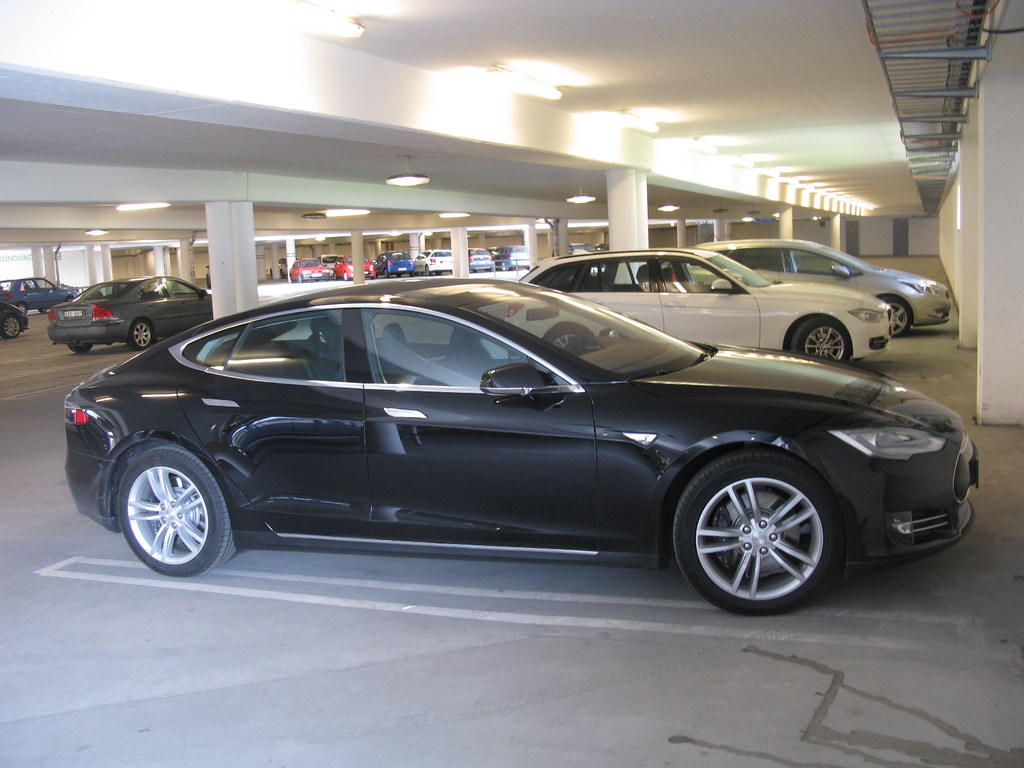
2. **Tesla Model S**The Tesla Model S arrived on the scene as a revolutionary force, widely credited with pioneering the modern electric vehicle movement and pushing the boundaries of what EVs could achieve in terms of performance and technological integration. Despite its trailblazing status and widespread popularity, the Model S has not been immune to a notable array of reliability concerns that have frequently been highlighted by its owners. Such issues underscore the complex interplay between rapid innovation and consistent quality control in a fast-evolving industry.
Among the most frequently reported problems are failures within the suspension system, which have led to unexpected repair expenses and, more significantly, raised safety questions for drivers. The sophisticated touchscreen interface, a hallmark of Tesla’s minimalist interior design, has also been a source of common malfunctions, at times even impacting crucial vehicle controls and rendering essential functions inaccessible or unreliable. Additionally, issues with the power steering system have been cited, contributing to a less predictable and confidence-inspiring driving experience for some users.
Tesla’s innovative approach to over-the-air software updates, while offering unparalleled convenience for feature enhancements and bug fixes, has occasionally introduced its own set of challenges. Some updates have reportedly caused unintended side effects, such as a sudden and unexplained reduction in battery range, further exacerbating owner concerns about long-term dependability. These cumulative issues have fueled ongoing discussions and debates regarding Tesla’s manufacturing quality control standards and the overall long-term durability of their groundbreaking vehicles. While Tesla has consistently worked to address these reliability problems through subsequent updates and recalls, the recurring nature of these issues serves as a powerful reminder of the intricate balance required to maintain both cutting-edge innovation and consistent product reliability within the rapidly advancing electric vehicle sector.
Car Model Information: 2020 Volkswagen Tiguan 2.0T SE
Name: Tesla Model S
ModelYears: 2013–present
Alt: A front-three quarter view of a gray Model S
Caption: #2016–2019: First major update
Designer: Franz von Holzhausen
Weight: cvt
Height: cvt
Width: cvt
Length: cvt
Wheelbase: cvt
ElectricRange: cvt
Battery: kWh,lithium-ion battery
Motor: Unbulleted list
Transmission: Reduction drive
Related: Tesla Model X
Layout: Rear-motor, rear-wheel drive,Dual-motor, all-wheel-drive,Tri-motor, all-wheel-drive layout
BodyStyle: liftback,sedan (automobile)
Class: Full-size car
Assembly: Unbulleted list
Production: June 2012 – present
Manufacturer: Tesla, Inc.
Sp: us
Chassis: Unibody
Categories: 2020s cars, All-wheel-drive vehicles, All Wikipedia articles written in American English, All articles containing potentially dated statements, Articles containing potentially dated statements from 2025
Summary: The Tesla Model S is a battery-electric, four-door full-size car produced by the American automaker Tesla since 2012. The automaker’s second vehicle and longest-produced model, the Model S has been described as one of the most influential electric cars in the industry. Car and Driver named it one of the best cars of the year in 2015 and 2016. Its various accolades include the Motor Trend Car of the Year Award in 2013.
Tesla started developing the Model S around 2007 under the codename WhiteStar. Initially, Henrik Fisker was appointed as the lead designer for the WhiteStar project; after a dispute with Elon Musk, Tesla’s CEO, Fisker was replaced by Franz von Holzhausen. By 2008, von Holzhausen had designed what would become the production Model S’s exterior. Tesla unveiled a prototype of the vehicle in March 2009 in Hawthorne, California. In 2010, Tesla acquired a facility in Fremont, California, to produce the Model S, which was previously owned by General Motors and Toyota. Series manufacture of the car officially began at the Tesla Fremont Factory in June 2012. Tesla carried out the final assembly for European markets at its facilities in Tilburg, Netherlands, between 2013 and 2021.
The Model S typically uses either one or initially two alternating current induction motors; since 2019, dual-motor versions have used a permanent magnet motor in the front, though the high-performance Model S Plaid’s three motors are permanent magnet units by default. Constructed mostly of aluminum, the Model S shares 30 percent of its components with the Model X—a crossover SUV that was introduced in 2015. The Model S has undergone several updates during its production, the most prominent ones occurring in 2016 and 2021. These updates have usually included modifications to the motor, such as changes to power or torque, revised exterior elements, and refreshed interior features. One such change included the 2015 introduction of Tesla Autopilot—a partial vehicle automation advanced driver-assistance system.
In 2015, the Model S was the world’s best-selling plug-in electric vehicle. In 2012, it was included on Time’s list of the Best Inventions of the Year, and the magazine later included it on its list of the 10 Best Gadgets of the 2010s in 2019. In 2014, The Daily Telegraph described the Model S as a “car that changed the world”. Road & Track argued that, with the introduction of the Plaid and features such as the yoke steering wheel, Tesla managed to turn the Model S into “perhaps one of the worst [cars in the world]”.
Get more information about: Tesla Model S
Buying a high-performing used car >>>
Brand: Tesla Model: Model S
Price: $21,000 Mileage: 37,875 mi.
Read more about: Protecting Your Purchase: A Consumer Report on Top Car Warranties and Key Manufacturer Recall Trends
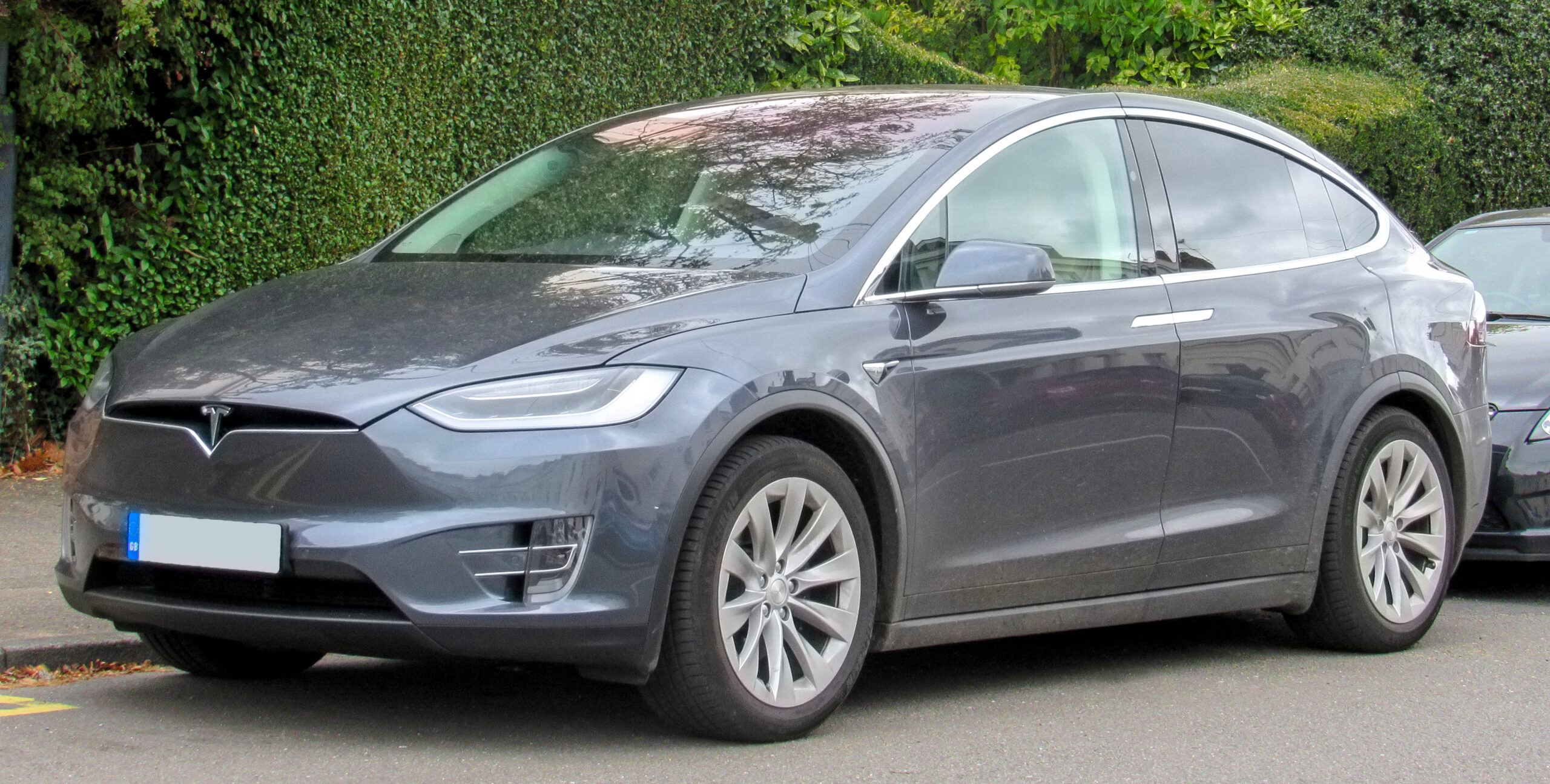
3. **Tesla Model X**As Tesla’s ambitious foray into the luxury electric SUV segment, the Model X promised a blend of futuristic design, advanced technology, and practical utility. However, this high-end vehicle has consistently struggled with a distinct set of reliability issues, particularly centered around its most distinguishing feature: the falcon-wing doors. Owners have frequently documented problems with these intricate doors failing to open or close correctly, leading to significant inconvenience, potential safety hazards, and considerable frustration in daily use.
Beyond the complexities of its unique door mechanism, the Model X has also faced criticisms regarding its air suspension system, with reports of failures that contribute to an unpredictable and inconsistent ride quality. This is particularly problematic for a luxury SUV where a smooth, comfortable ride is a core expectation. Electrical system faults have been another common complaint, manifesting in various operational glitches that can affect the vehicle’s overall performance and user experience. The integrated touchscreen, much like in the Model S, has also been prone to freezing, which can disrupt critical vehicle functions and further compound driver frustration.
These persistent and varied reliability struggles have unfortunately contributed to the Model X gaining a reputation as one of Tesla’s less dependable models. Despite its undeniably advanced technology and striking, futuristic aesthetic, the ongoing battle with reliability issues has prompted serious questions about Tesla’s consistency in quality control for complex, high-volume production. Although the company has deployed numerous software updates and physical repairs to mitigate some of these problems, a notable number of owners continue to report recurring issues, highlighting the inherent challenge of integrating groundbreaking innovation with robust, long-term durability and consistent performance in the demanding electric vehicle industry.
Car Model Information: 2020 Volkswagen Tiguan 2.0T SE
Name: Tesla Model X
Manufacturer: Tesla, Inc.
Production: 2015–present
Assembly: unbulleted list
Designer: Franz von Holzhausen
Class: Crossover (automobile)
BodyStyle: 5-door SUV
Layout: unbulleted list
Doors: unbulleted list
Related: Tesla Model S
Motor: unbulleted list
Title: Discontinued
Transmission: unbulleted list
Battery: unbulleted list
ElectricRange: FTP-75
Wheelbase: cvt
Length: cvt
Width: cvt
Height: cvt
Weight: unbulleted list
Sp: us
Categories: 2020s cars, All Wikipedia articles in need of updating, All Wikipedia articles written in American English, All articles containing potentially dated statements, All articles lacking reliable references
Summary: The Tesla Model X is a battery electric mid-size luxury crossover SUV built by Tesla, Inc. since 2015. Developed from the full-sized sedan platform of the Tesla Model S, the vehicle uses distinctive falcon wing doors for rear passenger access.
The Model X has an EPA size class as an SUV, and shares around 30 percent of its content with the Model S, half of the originally planned 60 percent, and weighs about 10 percent more. Both the Model X and Model S are produced at the Tesla Factory in Fremont, California. The prototype was unveiled at Tesla’s design studios in Hawthorne, California, on February 9, 2012. First deliveries of the Model X began in September 2015. After one full year on the market, in 2016, the Model X ranked seventh among the world’s best-selling plug-in cars. A refresh of the Tesla Model X was introduced in 2021, offering a new “Plaid” performance model, along with a revised interior, powertrain, and suspension.Another update of the Model X was introduced in June 2025 with a new front bumper camera, new wheel designs, increased third-row space, dynamic ambient lighting, and adaptive headlights. The updates are similar to the Model S, which was updated at the same time.
As of July 2025, the Model X is available as a Long-Range version with an estimated EPA range of 352 miles (566 km) and a high performance “Plaid” version with an estimated EPA range of 335 miles (539 km).
Get more information about: Tesla Model X
Buying a high-performing used car >>>
Brand: Tesla Model: Model X
Price: $21,000 Mileage: 37,875 mi.
Read more about: Protecting Your Purchase: A Consumer Report on Top Car Warranties and Key Manufacturer Recall Trends
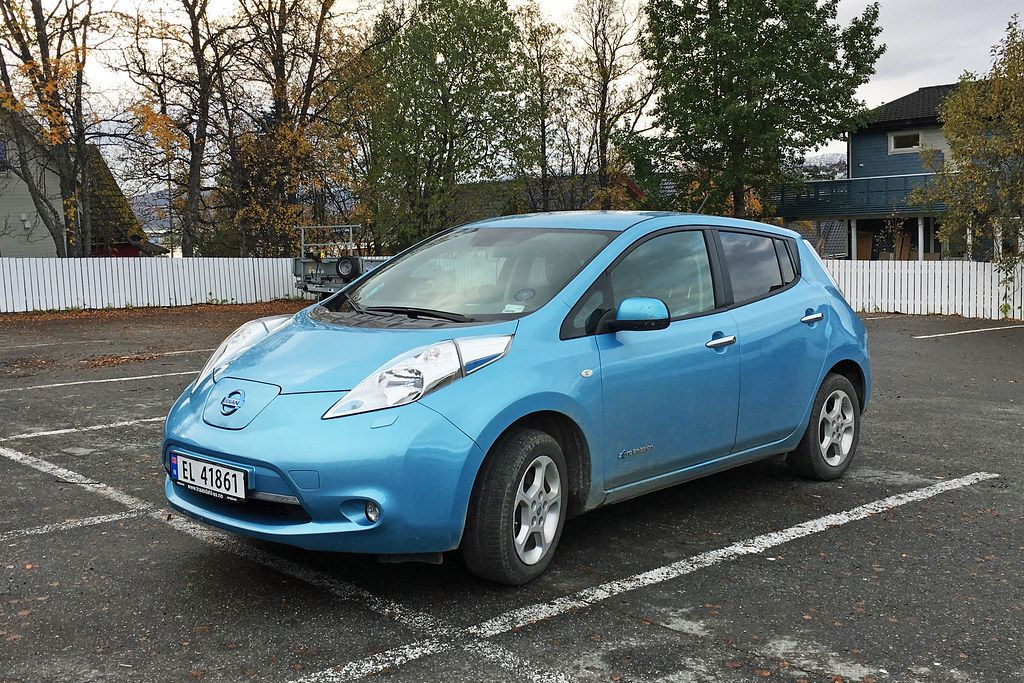
4. **Nissan Leaf (Early Models)**The Nissan Leaf holds a significant place in EV history as one of the first mass-market electric vehicles, making zero-emission driving accessible to a broad audience. While the model has undergone substantial evolution over the years, the early iterations faced particularly severe challenges concerning battery degradation, a problem that proved especially acute for owners residing in warmer climates. Many early Leaf owners reported experiencing a substantial loss in battery capacity, sometimes as much as 30% within a mere few years of ownership.
This rapid decline in battery health dramatically reduced the vehicle’s practical driving range, rendering long-term ownership increasingly difficult and significantly diminishing its utility for many. A critical design omission in these early models was the absence of an active battery cooling system, a feature that many competitors included. This lack of thermal management made the early Leaf batteries inherently more vulnerable to heat-related stress and accelerated wear, directly contributing to their premature degradation.
The consequence of this accelerated degradation often forced owners into the unwelcome position of considering costly battery replacements much sooner than anticipated, effectively negating some of the perceived cost savings of going electric. While Nissan commendably addressed these shortcomings by incorporating improved battery technology and more sophisticated thermal management systems in subsequent models, the initial reliability concerns left an indelible mark on the Leaf’s reputation. For prospective EV buyers, this particular case highlighted the critical importance of battery longevity and the necessity of effective cooling systems in electric vehicle design, especially when considering the diverse climatic conditions in which these vehicles operate.
Car Model Information: 2014 Nissan Frontier S
Name: Nissan Leaf
Caption: A second generation Nissan Leaf
Manufacturer: Nissan
Production: October 2010 – present
ModelYears: 2011–present
Class: Unbulleted list
BodyStyle: Unbulleted list
Layout: Front-engine, front-wheel-drive layout
Predecessor: Unbulleted list
Categories: 2020s cars, All articles containing potentially dated statements, All articles with dead external links, Articles containing Japanese-language text, Articles containing potentially dated statements from December 2015
Summary: The Nissan Leaf (Japanese: 日産・リーフ, Hepburn: Nissan Rīfu; stylized as LEAF) is a battery-electric car manufactured by Nissan, produced since 2010. It was offered exclusively as a 5-door hatchback until 2025, which since then has become a crossover SUV model. The term “LEAF” serves as a backronym to leading environmentally-friendly affordable family car.
The Leaf was unveiled on 1 August 2009 as the world’s first mass market electric and zero-emission vehicle. Among other awards and recognition, it received the 2010 Green Car Vision Award, the 2011 European Car of the Year, the 2011 World Car of the Year, and the 2011–2012 Car of the Year Japan. The Leaf’s range on a full charge has been steadily increased from 117 km (73 miles) to 364 km (226 miles) (EPA rated) by the use of larger battery packs and several minor improvements.
As of September 2021, European sales totalled more than 208,000, and as of December 2021, over 165,000 had been sold in the U.S., and 157,000 in Japan. Global sales across both generations totalled 577,000 by February 2022. The Leaf was the world’s all-time top selling plug-in electric car until it was surpassed in early 2020 by the Tesla Model 3.
Get more information about: Nissan Leaf
Buying a high-performing used car >>>
Brand: Nissan Model: Leaf
Price: $11,685 Mileage: 131,197 mi.
Read more about: The Unfulfilled Promise:14 Cars That Disappointed After the Hype
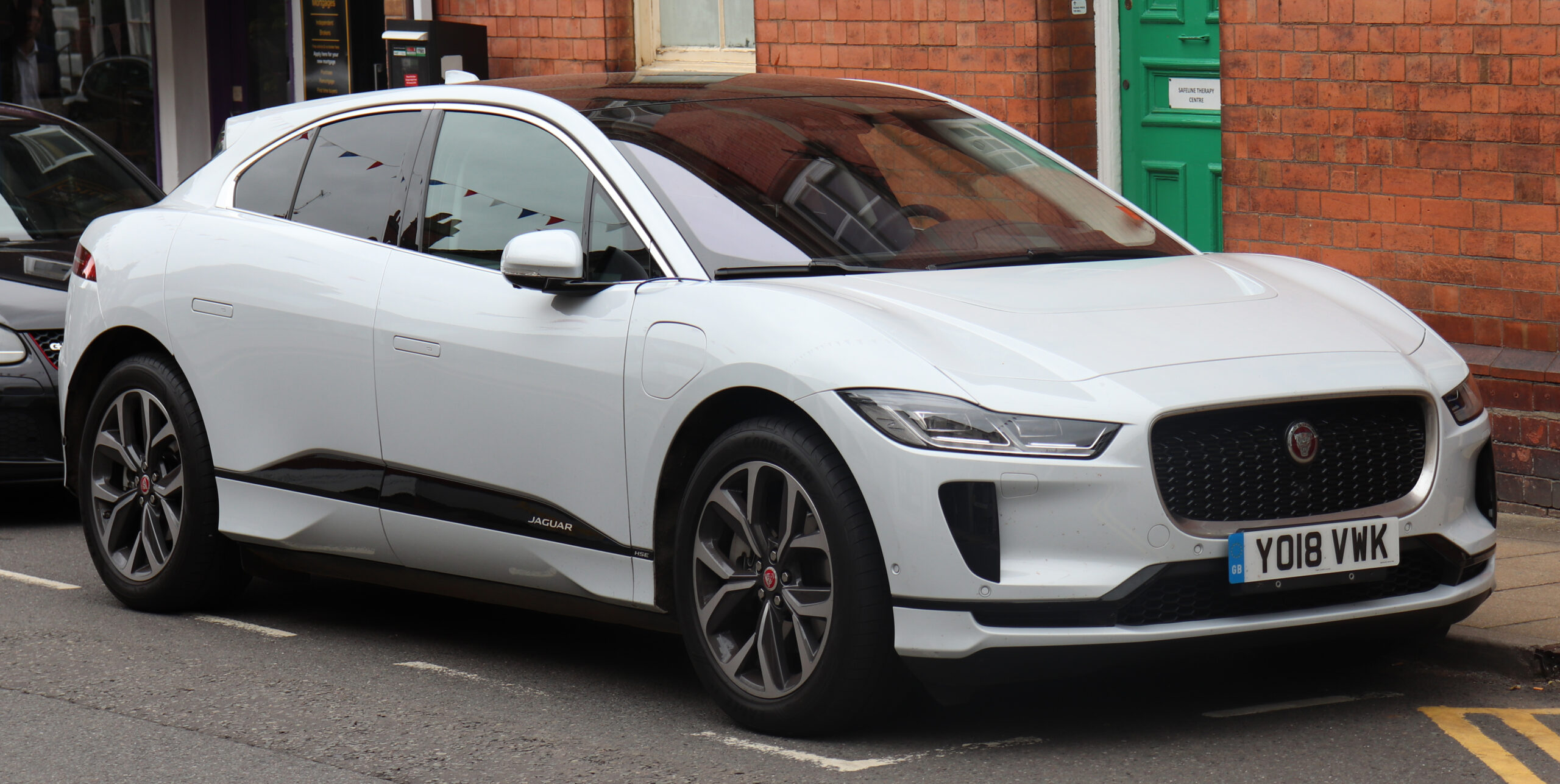
5. **Jaguar I-Pace**The Jaguar I-Pace marked a significant and ambitious entry for the storied British luxury brand into the all-electric vehicle market. Upon its launch, it was met with high expectations, lauded for its sleek design, dynamic performance, and premium interior. However, its initial market presence was quickly shadowed by a growing reputation for a range of reliability issues that frequently frustrated its owner base. This case serves as a poignant example of the complexities inherent in legacy automakers pivoting to entirely new powertrain technologies.
A prominent concern among many I-Pace owners revolved around persistent charging problems, with reports indicating difficulties in achieving a consistent or reliable charge, particularly when utilizing public charging stations. This inconsistency directly impacted the vehicle’s practicality and undermined the confidence of drivers on longer journeys. Electronic glitches were another widespread complaint, affecting a broad spectrum of functions from the sophisticated infotainment system to essential driving systems, leading to an overall unreliable user experience.
Perhaps one of the most frustrating and critical issues was the failure of the 12V battery, an apparently minor component whose malfunction often left owners entirely unable to start their premium electric vehicles. This seemingly small fault could render the entire car inoperable, creating significant inconvenience and demonstrating a foundational reliability flaw. Furthermore, the I-Pace’s intricate software system often contributed to ongoing connectivity issues, impacting the seamless operation of features such as remote access and crucial navigation updates.
While Jaguar has actively responded by releasing numerous software updates aimed at resolving some of these concerns, a considerable number of drivers regrettably continue to report experiencing ongoing problems, signaling deeper systemic challenges. These reliability setbacks have understandably led potential buyers to question the long-term dependability of the I-Pace, despite its otherwise strong performance credentials and luxurious design, underscoring the formidable difficulties faced by traditional manufacturers as they navigate the challenging transition to reliable, high-quality electric vehicles.
Car Model Information: 2022 Jaguar I-PACE HSE EV400 AWD Automatic
Name: Jaguar I-Pace
Manufacturer: Jaguar Land Rover
Production: 2018–2024
Assembly: Magna Steyr
Designer: Ian Callum
Class: Compact crossover SUV#Luxury vehicles
BodyStyle: SUV
Layout: all-wheel-drive
Platform: Jaguar Land Rover car platforms#D7e
Motor: Permanent magnet synchronous motor
Abbr: on
Transmission: 1-speed direct-drive reduction
Battery: kW·h,Lithium-ion battery
ElectricRange: United States Environmental Protection Agency
Charging: 11kW AC (7.4kW “1-phase/32A only” AC 2018–2020),100 kW DC
Wheelbase: 2990 mm
Length: 4682 mm
Width: ubl
Height: 1565 mm
Weight: 2133 kg
Sp: uk
Categories: 2020s cars, All-wheel-drive vehicles, All Wikipedia articles written in British English, All accuracy disputes, All articles lacking reliable references
Summary: The Jaguar I-Pace (stylised as I-PACE) is a battery-electric crossover SUV produced by Jaguar Land Rover (JLR) under their Jaguar marque. The I-Pace was announced in March 2018, European deliveries began in June 2018 and North American deliveries started in October 2018. Amid slowing sales and a change in corporate vision, Jaguar has announced that the I-Pace will be discontinued by 2025.
Get more information about: Jaguar I-Pace
Buying a high-performing used car >>>
Brand: Jaguar Model: I-Pace
Price: $35,199 Mileage: 32,938 mi.
Read more about: The 15 Cars Owners Regret Most: Why Their Value Dives Faster Than You Think
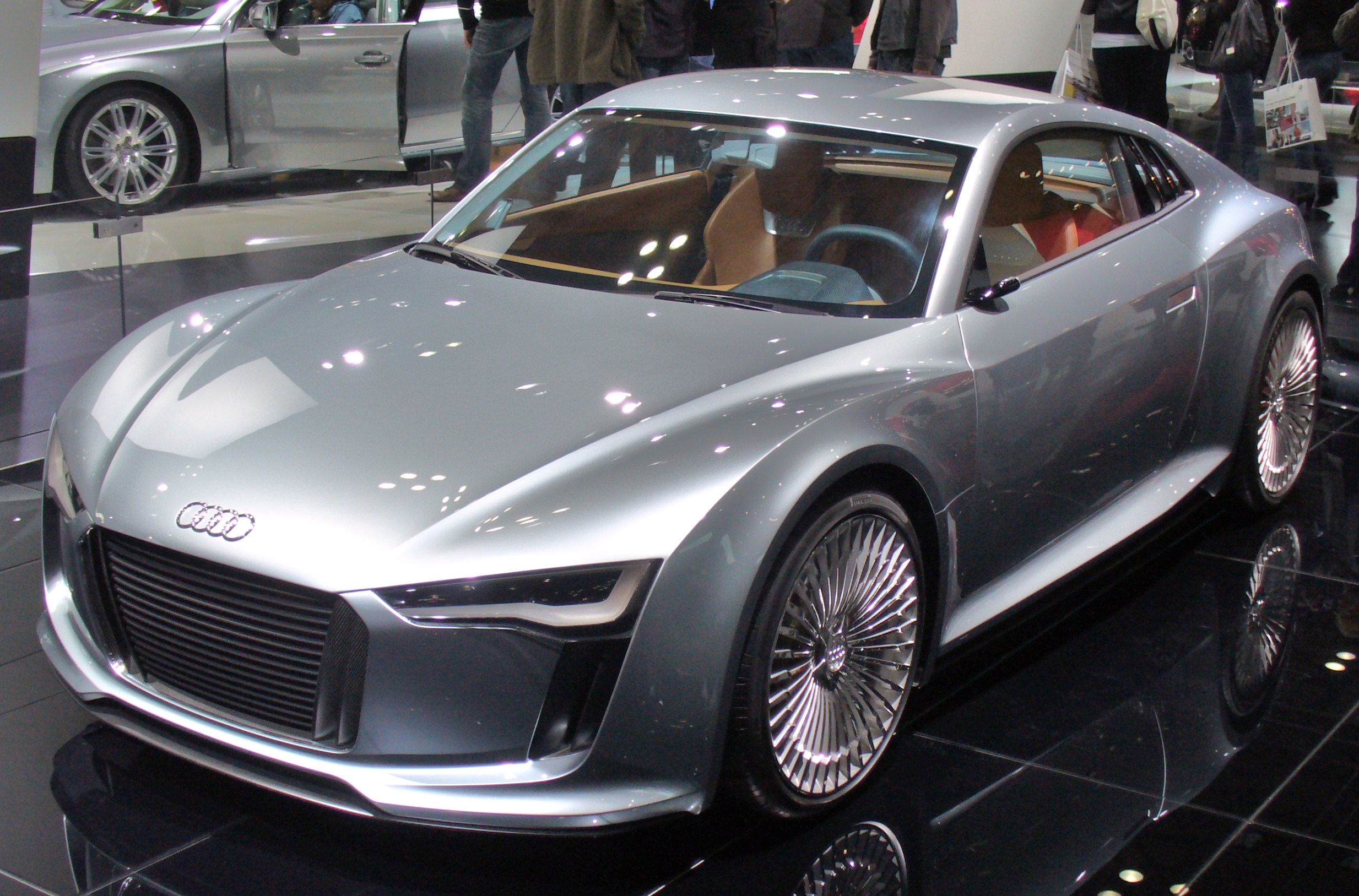
6. **Audi e-Tron**Despite Audi’s sterling reputation for high-quality engineering and luxurious craftsmanship in traditional internal combustion engine vehicles, their foray into the all-electric segment with the e-Tron has regrettably encountered a series of reliability obstacles. Owners have frequently reported frustrating and often critical electrical system issues, manifesting as unexpected vehicle shutdowns, persistent and unwarranted warning lights illuminating the dashboard, and a range of frustrating charging problems that undermine the convenience inherent to EV ownership. These issues collectively make the daily use of what should be a premium electric SUV far less seamless and far more frustrating than anticipated for its discerning customer base.
Adding to the concerns, faults within the e-Tron’s regenerative braking system have been specifically identified by drivers. This system is crucial for both optimizing energy efficiency and contributing to the vehicle’s overall driving dynamics. When it malfunctions, it impacts not only the range and energy recuperation but also the confidence a driver has in the vehicle’s consistent performance. Such recurring problems have inevitably sparked serious questions among consumers regarding the long-term dependability and inherent robustness of Audi’s advanced EV technology, challenging the brand’s established reputation for unwavering quality and reliability.
In an effort to mitigate these reported issues, Audi has, to its credit, released a series of software updates aimed at resolving some of the underlying technical glitches. However, a significant number of owners regrettably continue to face recurring malfunctions, indicating that deeper systemic challenges may persist. The e-Tron’s reliability struggles serve as a poignant case study, highlighting the immense hurdles even established legacy automakers confront when attempting to pivot from decades of gasoline-powered vehicle development to an entirely new, complex electric vehicle architecture. While the e-Tron undeniably offers a luxurious ride and a suite of advanced features, its technical problems have compelled potential buyers to cautiously reconsider its long-term durability and overall value proposition.
Car Model Information: 2022 Audi e-tron Chronos
Categories: All Wikipedia articles in need of updating, All pages needing cleanup, Articles needing cleanup from September 2025, Articles with short description, CS1 German-language sources (de)
Summary: The Audi e-tron is a series of electric and hybrid cars shown by Audi from 2009 onwards. In 2012 Audi unveiled a plug-in hybrid version, the A3 Sportback e-tron, released to retail customers in Europe in August 2014, and slated for the U.S. in 2015. A decade after the unveiling of the first e-tron concept at the 2009 International Motor Show Germany, Audi’s first fully electric e-tron SUV went into production in 2019.
The name has also been used on some racing cars.
Get more information about: Audi e-tron
Buying a high-performing used car >>>
Brand: Audi Model: e-Tron
Price: $32,999 Mileage: 60,406 mi.
Read more about: From Seamless Drives to Software Snafus: Unpacking the Digital Divide in 10 Brand-New Cars
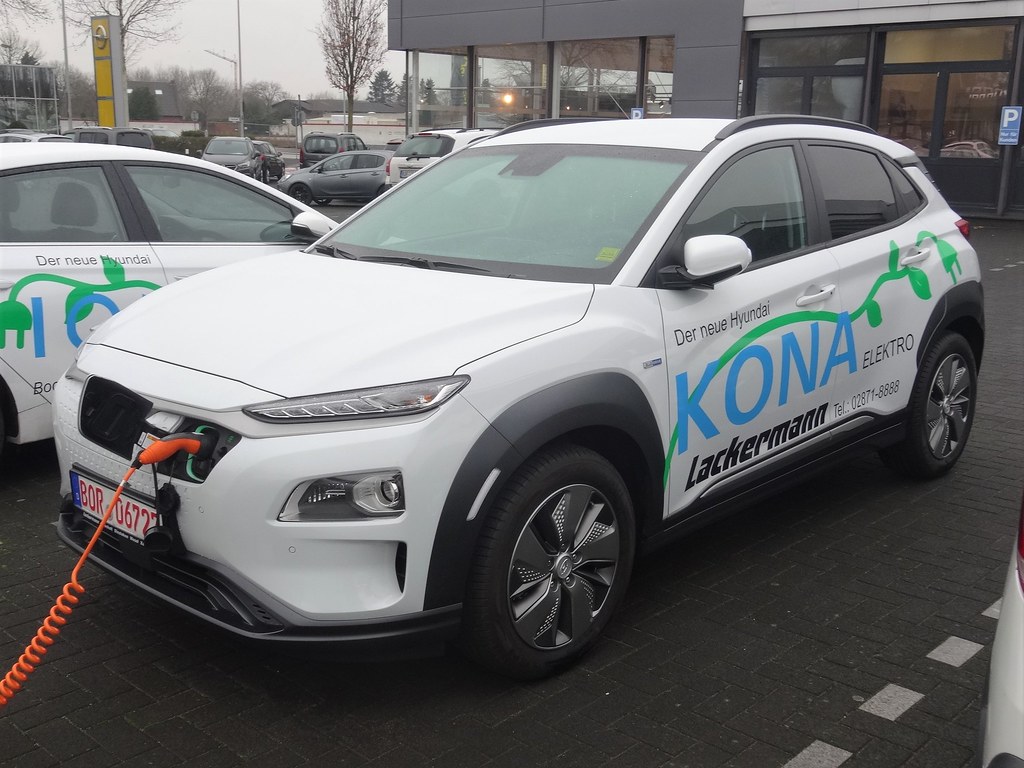
7. **Hyundai Kona Electric**The Hyundai Kona Electric initially emerged as a compelling, affordable option within the burgeoning EV market, offering a respectable range and practical urban utility. However, its journey was severely impacted by a series of critical safety issues, most notably multiple instances where units caught fire due to defective battery cells. This alarming problem escalated into a global recall of thousands of vehicles, compelling Hyundai to undertake the costly and complex task of replacing entire battery packs to ensure the safety of its customers and prevent further catastrophic incidents.
This major safety setback profoundly damaged the Kona Electric’s market standing, raising significant concerns among the public about the fundamental safety and inherent quality of Hyundai’s electric vehicle technology. Beyond the grave fire risks, numerous owners also reported experiencing highly inconsistent battery range estimations, leading to considerable uncertainty and “range anxiety” when planning journeys. Furthermore, charging problems were a frequent complaint, with some vehicles exhibiting slow or outright unreliable charging performance, especially when connected to public charging stations, further diminishing the vehicle’s everyday practicality.
While Hyundai commendably took decisive action to address these critical issues through comprehensive recalls and subsequent software updates, the reputational damage sustained by the Kona Electric was substantial and long-lasting. Despite its otherwise appealing affordability and competitive features, these serious reliability and safety concerns have made many prospective buyers understandably hesitant. The Kona Electric’s experience underscores the formidable and multifaceted challenges automakers face in rigorously ensuring the absolute safety and consistent performance of advanced battery technology within the rapidly expanding and fiercely competitive electric vehicle market.
Car Model Information: 2020 Volkswagen Tiguan 2.0T SE
Name: Hyundai Kona
Caption: Hyundai Kona N Line (SX2)
Manufacturer: Hyundai Motor Company
Aka: Hyundai Kauai (Portugal)
Production: 2017–present
ModelYears: 2018–present
Class: Subcompact crossover SUV
BodyStyle: SUV
Layout: ubl
Categories: 2020s cars, All-wheel-drive vehicles, All Wikipedia articles in need of updating, All Wikipedia articles written in British English, Articles containing Chinese-language text
Summary: The Hyundai Kona (Korean: 현대 코나) is a subcompact crossover SUV produced by the South Korean manufacturer Hyundai. The first-generation Kona debuted in June 2017 and the production version was revealed later that year. It is positioned between the Venue or Bayon and the Tucson in Hyundai crossover SUV line-up. The battery electric version called the Kona Electric (or Kona EV) was first launched in South Korea during the first half of 2018 and rolled out gradually worldwide afterwards.
Get more information about: Hyundai Kona
Buying a high-performing used car >>>
Brand: Hyundai Model: Kona Electric
Price: $21,000 Mileage: 37,875 mi.
Read more about: The No-Regrets Guide: Unmasking 15 Cars Owners Are Desperate to Trade Up From After Just One Year
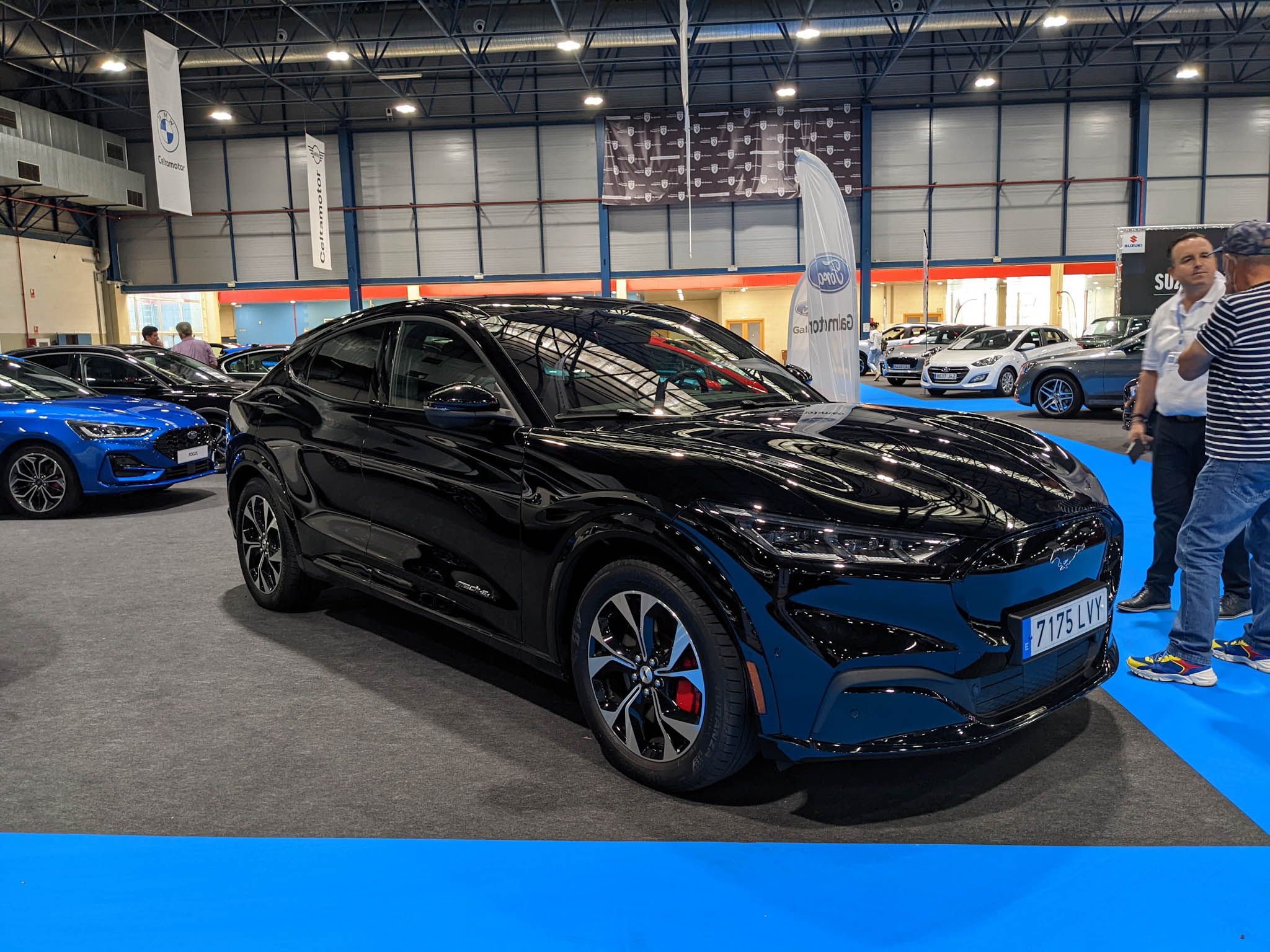
8. **Ford Mustang Mach-E**Ford’s highly anticipated and symbolically significant electric Mustang Mach-E, representing a bold step for the legacy American automaker into the performance EV segment, has unfortunately been plagued by several reliability issues that have caused considerable frustration among its early owners. Software glitches have been a common complaint, leading to unpredictable system failures that can disrupt various vehicle functions. Additionally, numerous drivers have reported persistent charging problems, occasionally leaving them stranded or unable to charge their vehicles efficiently, significantly impacting the Mach-E’s practicality and convenience.
A particularly widespread and vexing issue among owners has been an unexplained drain on the 12V battery, a seemingly minor component whose failure often renders the entire vehicle inoperable, creating immense inconvenience and towing expenses. Adding to this, some Mach-E owners have reported their vehicles refusing to start altogether due to a faulty power control module, further intensifying concerns about the vehicle’s long-term dependability and robust engineering. These cumulative issues have challenged consumer confidence in what should be a premium and reliable electric crossover.
In response to these escalating concerns, Ford has actively issued multiple software updates and initiated targeted recalls to rectify these reported problems. Despite these efforts, reliability continues to be a notable point of contention for many drivers, highlighting the ongoing challenges faced by traditional manufacturers as they adapt to the complexities of electric vehicle production. While the Mach-E undeniably delivers strong performance, a stylish design, and impressive range figures, these persistent technical setbacks have prompted important questions about the overall maturity and consistency of Ford’s ambitious transition into the electric vehicle space. The company continues its diligent work on enhancing software stability and hardware durability, but for now, the Mach-E’s reliability issues symbolize the typical growing pains experienced by established automakers venturing into this demanding new technological frontier.
Car Model Information: 2020 Volkswagen Tiguan 2.0T SE
Name: Ford Mustang Mach-E
Manufacturer: Ford Motor Company
Production: 2021–present
ModelYears: 2021–present
Assembly: Unbulleted list
Designer: Unbulleted list
Class: Compact crossover SUV
BodyStyle: coupe SUV
Layout: Unbulleted list
Platform: Ford Global Electrified 1 platform
Motor: Synchronous motor#Permanent-magnet
Wheelbase: Convert
Length: Convert
Width: Convert
Height: Convert
Weight: Convert
ElectricRange: Convert
Battery: 68–98 kWh
Charging: unbulleted list
Powerout: Convert
Sp: us
ModelCode: CX727
Categories: 2020s cars, All-wheel-drive vehicles, All Wikipedia articles written in American English, All articles needing additional references, Articles needing additional references from January 2023
Summary: The Ford Mustang Mach-E is a battery electric compact crossover SUV produced by Ford. Introduced on November 17, 2019, it went on sale in December 2020 as a 2021 model. The Mach-E is part of the Mustang series, with its name inspired by the Mach 1 variant of the first-generation Mustang. The car won the 2021 North American SUV of the Year Award.
Get more information about: Ford Mustang Mach-E
Buying a high-performing used car >>>
Brand: Ford Model: Mustang Mach-E
Price: $21,000 Mileage: 37,875 mi.
Read more about: Everyone Wants These 14 Classic Cars In Their Garage: A Deep Dive for Enthusiasts
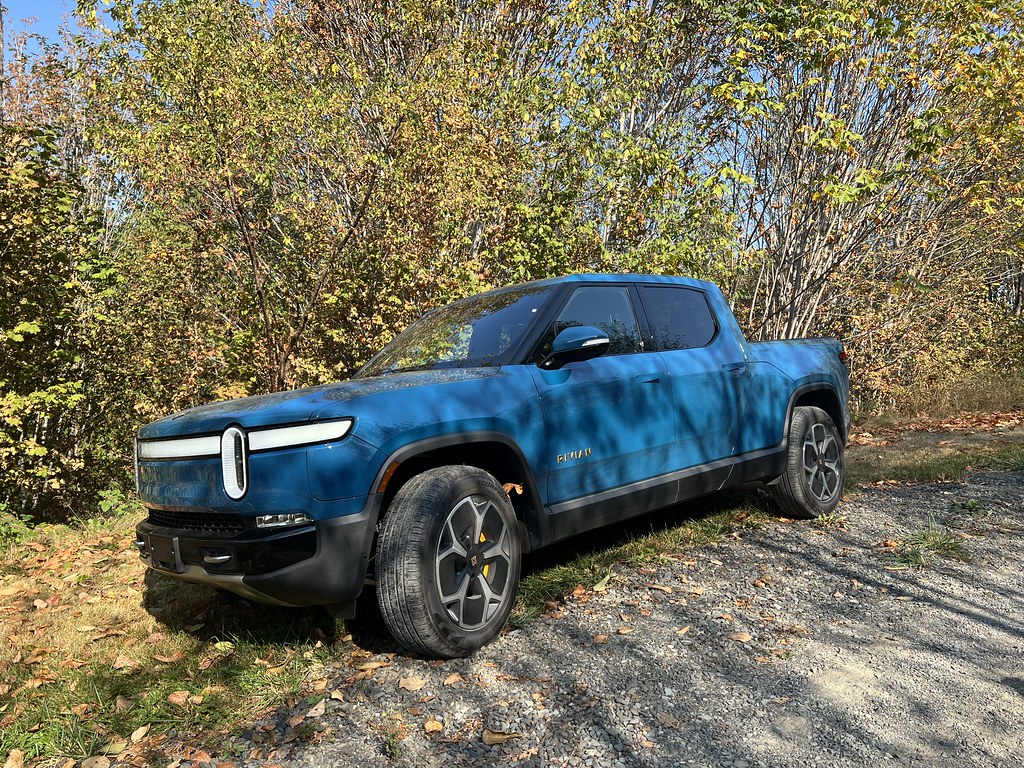
9. **Rivian R1T**As a highly anticipated newcomer to the electric vehicle market, Rivian entered with the R1T electric pickup truck, aiming to carve out a niche in the adventure and utility segment. However, like many pioneering startups, the company has faced its share of early production challenges and reliability “growing pains” that have been widely reported by owners. Among the most frequent complaints are electrical system failures, which have manifested as unexpected vehicle shutdowns and various operational malfunctions, disrupting the driving experience and raising safety concerns.
Beyond electrical woes, the R1T’s sophisticated touchscreen interface has also been a recurring source of frustration for many users. Reports indicate issues ranging from frozen displays that render critical information inaccessible to unresponsive controls, impacting everything from navigation to climate settings. Additionally, owners have expressed concerns regarding the vehicle’s overall build quality, citing problems with inconsistent panel alignment and issues with interior fit-and-finish. These observations collectively raise questions about Rivian’s manufacturing consistency and its ability to deliver premium quality at scale during its initial production phases.
Despite these early setbacks, Rivian has demonstrated a proactive approach, rapidly rolling out numerous software updates and service fixes in an earnest effort to improve the R1T’s reliability and address owner feedback. However, as a relatively young automaker still in the process of scaling up operations, Rivian is continually refining its production processes and rigorous quality control measures. While the R1T remains an undeniably exciting and innovative option for adventure-focused EV buyers, its early reliability issues underscore the inherent complexities and significant hurdles involved in launching an entirely new vehicle brand and product line. For potential buyers, it becomes a crucial exercise to carefully weigh the truck’s groundbreaking features and capabilities against the distinct possibility of encountering ongoing technical issues as the company matures.
Car Model Information: 2023 Rivian R1T Launch Edition Quad-Motor Large
Name: Rivian R1T
Manufacturer: Rivian
Production: 2021–present
ModelYears: 2022–present
Assembly: Rivian Automotive,LLC
Designer: Jeff Hammoud
Class: Mid-size car,luxury car,pickup truck
BodyStyle: crew cab
Layout: unbulleted list
Related: Rivian R1S
Motor: Alternating current,Permanent magnet motor
Transmission: Single-speed
Battery: kWh,lithium-ion battery
ElectricRange: unbulleted list
Abbr: on
Charging: unbulleted list
Wheelbase: 135.9 in
Length: 217.1 in
Width: 81.8 in
Height: 75.7 in
Weight: cvt
Sp: us
Powerout: unbulleted list
Chassis: Body-on-frame
Categories: All Wikipedia articles written in American English, All articles with vague or ambiguous time, Articles with short description, Commons category link is on Wikidata, Electric trucks
Summary: The Rivian R1T is a battery electric mid-size light duty luxury pickup truck produced by the American company Rivian. The first production R1T was manufactured in Illinois on September 28, 2021, and was delivered to a customer. The official EPA range for the Rivian R1T (MY 2022–2024) ranges from 255–420 miles (410–676 km), depending on drivetrain, battery pack capacity and wheel size.
Get more information about: Rivian R1T
Buying a high-performing used car >>>
Brand: Rivian Model: R1T
Price: $62,998 Mileage: 12,720 mi.
Read more about: Protecting Your Purchase: A Consumer Report on Top Car Warranties and Key Manufacturer Recall Trends
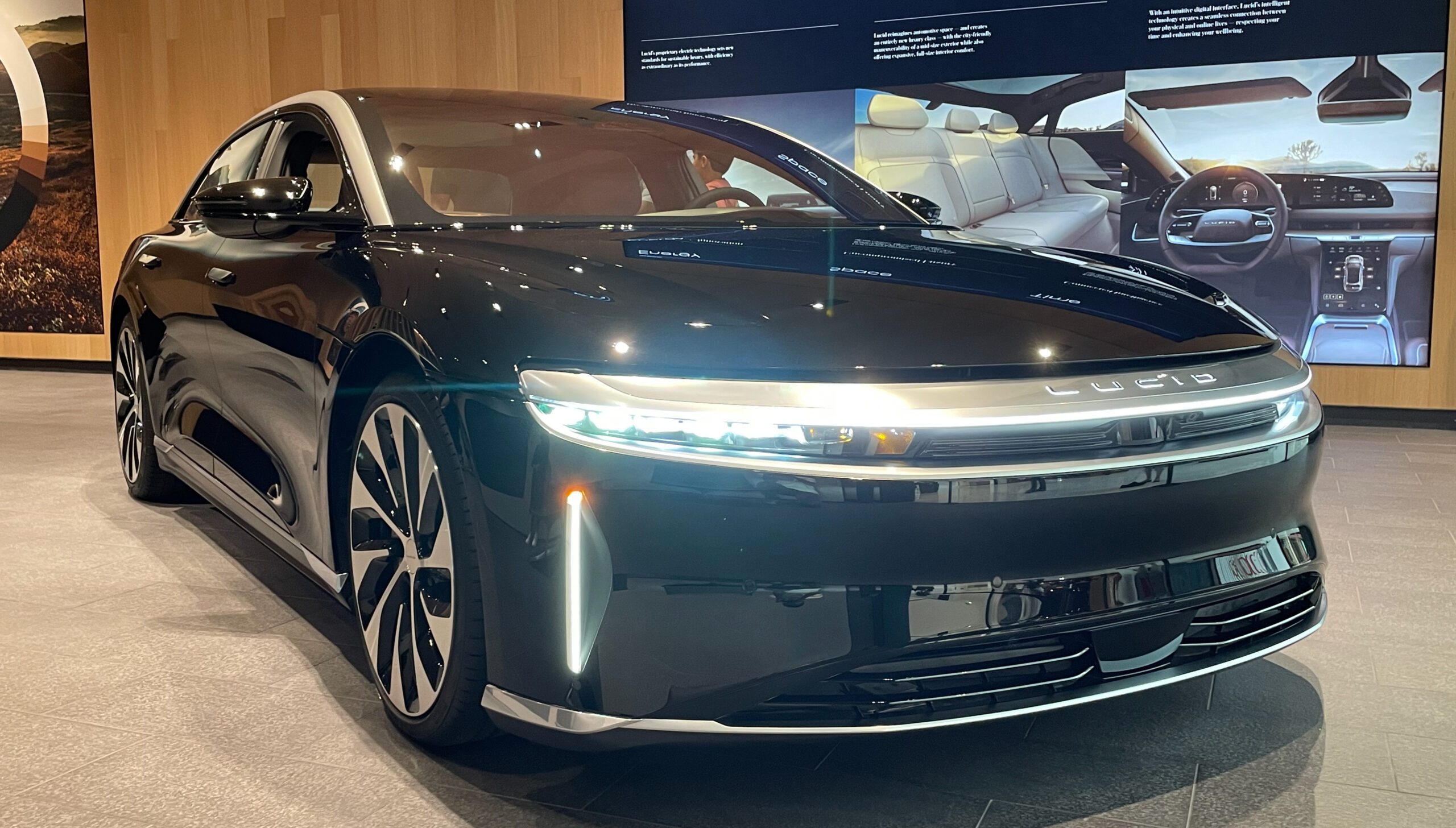
10. **Lucid Air**Lucid’s luxurious Air EV burst onto the scene with a bold promise of industry-leading range and high-performance capabilities, quickly captivating the attention of the automotive world. While it has largely delivered on its performance aspirations, early adopters have, perhaps inevitably for a cutting-edge new entrant, encountered several reliability concerns. Software bugs have been a notable issue, causing glitches in essential vehicle functions and diminishing the seamless premium experience expected from such a high-end vehicle. Charging failures have also been reported, leaving some owners struggling to power up their vehicles consistently and reliably, which is a critical concern for any EV.
Furthermore, sensor malfunctions have emerged as another common issue, directly affecting the precise operation of crucial driver assistance features and impacting the vehicle’s overall usability and safety perception. While Lucid’s commitment to pushing technological boundaries sets it apart from many competitors, this cutting-edge approach has also proven to be a double-edged sword, necessitating frequent and often substantial software updates and physical fixes as the company works to refine its complex systems and iron out early production kinks.
Many owners have openly appreciated the brand’s responsiveness in promptly addressing these reported problems and engaging with their customer base. However, for a vehicle positioned at the pinnacle of luxury EVs, reliability remains a significant concern for potential buyers, influencing their long-term confidence. As a relatively new automaker, Lucid is still in the active process of refining its advanced production processes and ensuring robust software stability across its fleet. While the Air offers an unmatched combination of luxury, extended range, and groundbreaking innovation, its early reliability challenges distinctly highlight the formidable difficulties inherent in successfully bringing truly advanced electric vehicle technology to market without inadvertently compromising the consistent and dependable user experience that consumers demand, especially at a premium price point.
Car Model Information: 2022 Lucid Air Grand Touring
Name: Lucid Air
Caption: 2022 Lucid Air Grand Touring in Zenith Red
Manufacturer: Lucid Motors
Production: September 2021 – present
ModelYears: 2022–present
Assembly: Casa Grande, Arizona
Designer: Derek Jenkins
Class: Executive car
BodyStyle: Sedan (automobile)
Layout: unbulleted list
Related: Lucid Gravity
Transmission: One-speed fixed gear
Powerout: cvt
Battery: kWh,Lithium-ion battery
ElectricRange: cvt
Charging: unbulleted list
Wheelbase: 2960 mm
Order: flip
Abbr: on
Length: 4975 mm
Width: 1939 mm
Height: 1410 mm
Weight: convert
Sp: us
Categories: All-wheel-drive vehicles, All Wikipedia articles written in American English, All articles containing potentially dated statements, All articles with unsourced statements, Articles containing potentially dated statements from 2021
Summary: The Lucid Air is a battery electric four-door luxury sedan made by Lucid Motors. The car was announced in December 2016 and sold starting in 2021.
The Dream Edition’s EPA range is estimated at 520 miles (840 km), the longest on the market as of 2024. The production model was unveiled in September 2020, and production began in late 2021.
In November 2020, the Lucid Air Pure was announced with 406 miles (653 km) of projected range and 480 horsepower (360 kW) and a starting price of US$77,400. The range of trim levels includes Pure, Touring, Grand Touring, and Dream Edition.
On September 28, 2021, Lucid Motors announced that production had begun, with the base Pure model expected in late 2022. Deliveries commenced on October 30, 2021, with the first reservation holders taking delivery of Air Dream Editions in an event in California.
Get more information about: Lucid Air
Buying a high-performing used car >>>
Brand: Lucid Model: Air
Price: $63,990 Mileage: 17,499 mi.
Read more about: Protecting Your Purchase: A Consumer Report on Top Car Warranties and Key Manufacturer Recall Trends
The electric vehicle landscape is a dynamic and rapidly evolving frontier, characterized by both breathtaking innovation and, as we’ve seen, unavoidable growing pains. While the models detailed in this comprehensive analysis have undoubtedly grappled with serious reliability challenges, it is equally important to acknowledge the relentless dedication of manufacturers to addressing these issues head-on. Through continuous cycles of targeted recalls, systematic software updates, and significant advancements in battery technology, the industry is steadily learning from past missteps and actively striving for perfection. As the electric vehicle market continues its march toward maturity, the unwavering focus on reliability will not merely be a desirable attribute, but an absolutely crucial determining factor that will fundamentally shape the future trajectory of sustainable electric mobility. For consumers, staying informed remains paramount, empowering them to make confident choices in this exciting, yet still developing, era of automotive transformation.

